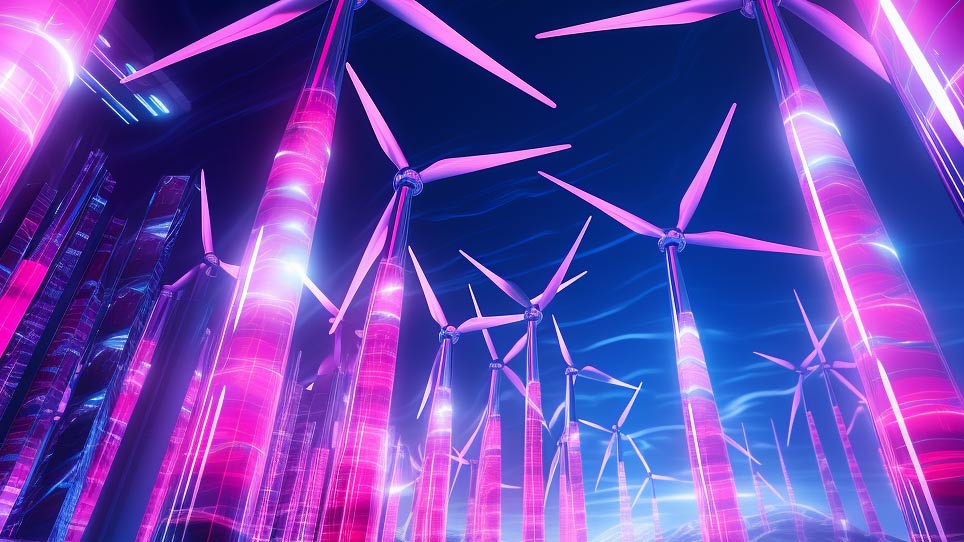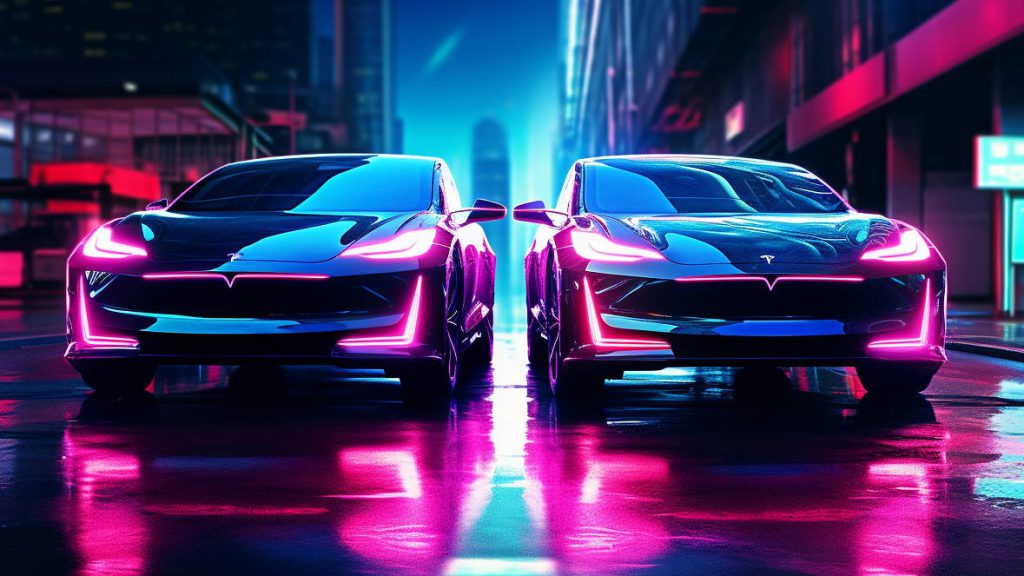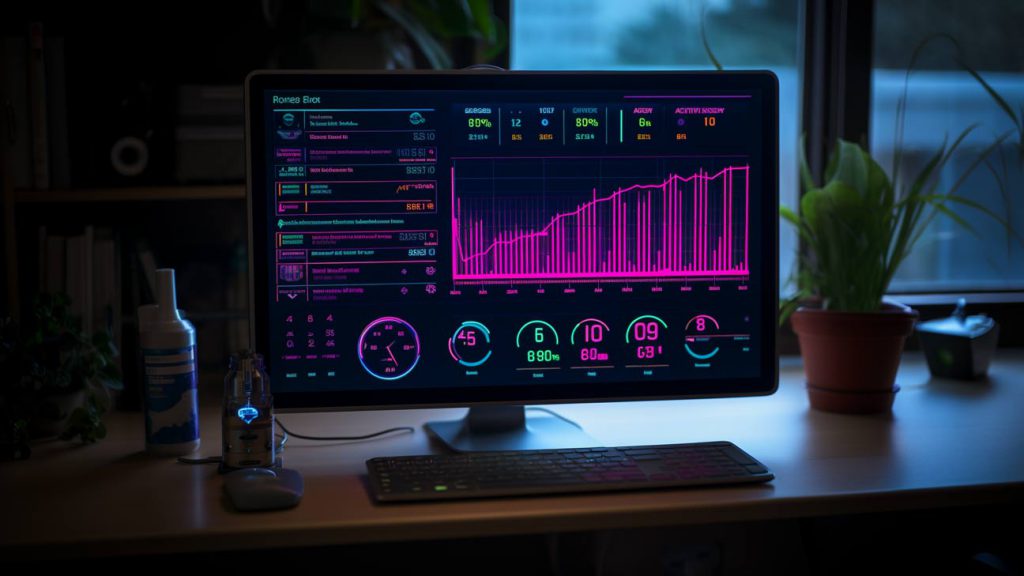Digital solutions for a sustainable future
Within a number of IT projects, we are working with our customers on digital solutions that have a positive ecological impact on the environment. It is possible that planetary boundaries can be protected through digitalisation. Digitalisation used correctly can contribute directly or indirectly to CO2 savings, less water consumption or better air quality. This is known as “Green by IT”. Here is a selection:
1. Renewable energies: Development of an auction platform for wind energy
Within three months, our team developed a cloud-based web platform for a start-up that brings together landowners and project developers of wind turbines. We then passed on our knowledge of building and operating the platform and helped the client to expand the internal team. The aim is to use the auction platform to accelerate the expansion of wind energy and drive forward the energy transition. Owners can have their land checked for wind suitability, air traffic control, nature conservation areas and other factors. From the initial check to the offer by suitable leaseholders, interested landowners can manage everything in one place. Using a highly precise and fair calculation, companies can find out how much money they can generate from the construction of wind power and the energy sold.
Green Impact: Thanks to an improved analysis and quotation process, wind turbines can be built much faster. This can save years of planning. Faster availability of wind power contributes to CO2 savings in Germany.
3. Research for the smart city of the future: development of the “IoT Bike” app to make cycle paths safer
Our smartphone app “IoT Bike” can be used to collect data about the cycle path infrastructure in cities – while cycling and without additional hardware. The app uses the smartphones of participating cyclists as sensors and displays the collected data anonymously on road maps.The scalable approach through the use of smartphones, the participation of many cyclists through the crowd-sourcing approach and the resulting opportunity for everyone to contribute to sustainable living in the city are remarkable.
Green Impact: The fact that data is recorded directly via smartphone and is immediately available means that the responsible urban planners can identify weak points in the cycling infrastructure much earlier and initiate measures to rectify them. This makes the cycling infrastructure safer and better, so that more people have the opportunity to use it.
5. Automotive: Development of a range calculator for electric lorries
The range of electrically powered commercial vehicles is difficult for many to estimate. However, the switch from conventional to electrically powered lorries in the company depends on it. In order to provide an easily accessible and simple initial consultation instance, we worked with the customer to design and develop a web check that includes interactive route planning.
Green Impact: The application, which went live at the IAA Transportation 2022, checks in real time whether and to what extent the haulage routes can be electrified. With an easy-to-interpret results display, end users are referred to the relevant offices, for example to arrange a detailed consultation.
7. Automotive: Conception of an IIoT platform for battery cell production
A car manufacturer wanted to use a platform to collect and analyse all the data generated during the new battery cell production process. Our task: Design and implementation of the infrastructure platform and data platform, implementation of services for simple and automated connection of machine data via OPC-UA and S7 by machine technicians via UIs.
Green Impact: The ultimate goal was to use this data to improve production and reduce waste, for example. Battery production generates around 10% waste, which causes major waste problems. Due to better cost savings, the project was cancelled after the basic platform was developed and the first machines were connected.
9. Smart Factory: digitalisation of key production figures via app
We designed and developed an app that records quantities and faults in production exactly where they occur. Previously, these had to be recorded on printed tally sheets. A dashboard provides an overview of ongoing production and analyses key production figures. This lays the foundation for further use cases, such as predictive maintenance.
Green Impact: A first step towards a paperless factory has been taken. This can save several hundred pages of paper per week.




















